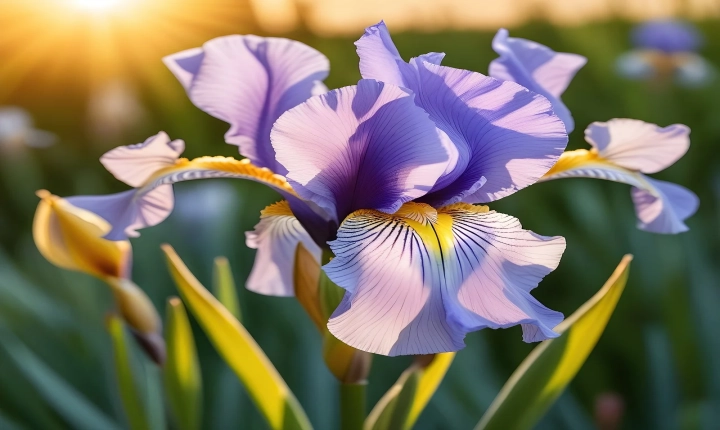How AI Creates New Things: The Power of Machine Learning and Creativity
Artificial Intelligence (AI) has made significant strides in recent years, with its ability to create new things showcasing the remarkable progress made in the field of machine learning. From generating art and music to developing innovative solutions in various industries, AI’s potential for creativity is capturing the attention of individuals and organizations worldwide.
One of the key methodologies through which AI creates new things is through the use of algorithms and neural networks. These complex systems are designed to learn from data, identify patterns, and generate new outputs based on their training. This process, known as generative modeling, forms the foundation for many AI applications that involve creative content generation.
In the realm of visual art, AI has been employed to produce stunning and thought-provoking pieces. Through the use of generative adversarial networks (GANs), AI can generate original images that exhibit a blend of realism and creativity. By training on vast image datasets, these algorithms can learn to create new visual concepts, often displaying a level of creativity that rivals human artists.
Similarly, in the world of music, AI has proven to be a powerful tool for composition and generation. Using recurrent neural networks and other deep learning techniques, AI systems can analyze and learn from vast musical datasets to create original compositions. By identifying musical patterns and structures, AI can produce melodies, harmonies, and even entire songs that captivate and inspire listeners.
Beyond the realms of art and music, AI’s creative capabilities also extend to problem-solving and innovation. In fields such as architecture, engineering, and design, AI is being utilized to generate new solutions and prototypes. By leveraging reinforcement learning and evolutionary algorithms, AI can explore and develop novel designs, optimizing for various parameters and constraints.
The emergence of AI as a creative force has also led to intriguing ethical and philosophical questions. As AI becomes increasingly proficient at creating new content, some wonder about the nature of creativity and whether AI-generated works can be considered genuine art or music.
Furthermore, the potential for AI to augment human creativity is a topic of great interest. Some experts envision a future where AI and human artists collaborate, with AI offering new ideas and insights to inspire and enhance human creativity. This collaborative approach could lead to groundbreaking works that blend the unique strengths of both AI and human creators.
It’s important to acknowledge that AI’s creative capabilities are not without challenges. The need to ensure ethical and responsible use of AI-generated content, as well as the preservation of human creativity and artistry, are crucial considerations as AI continues to evolve as a creative tool.
In conclusion, the way AI creates new things represents a fascinating intersection of technology, artistry, and innovation. With its ability to learn from vast datasets, identify intricate patterns, and generate original outputs, AI is revolutionizing the creative landscape. As the field of machine learning continues to advance, the potential for AI to create new and inspiring content is boundless, holding promise for a future where the boundaries of human and machine creativity are continually redefined.
